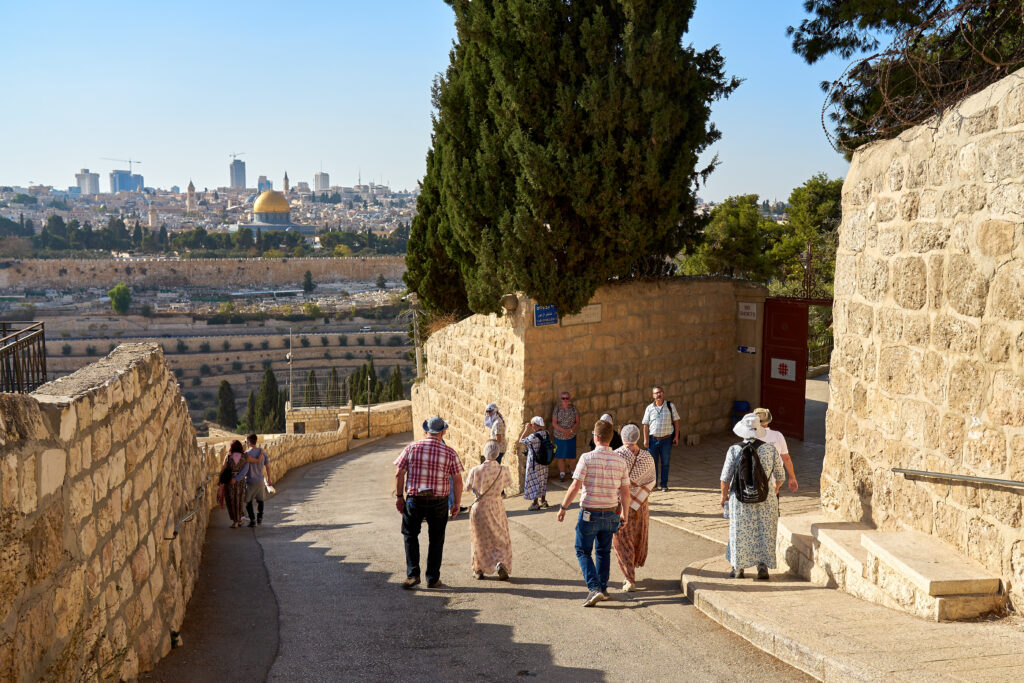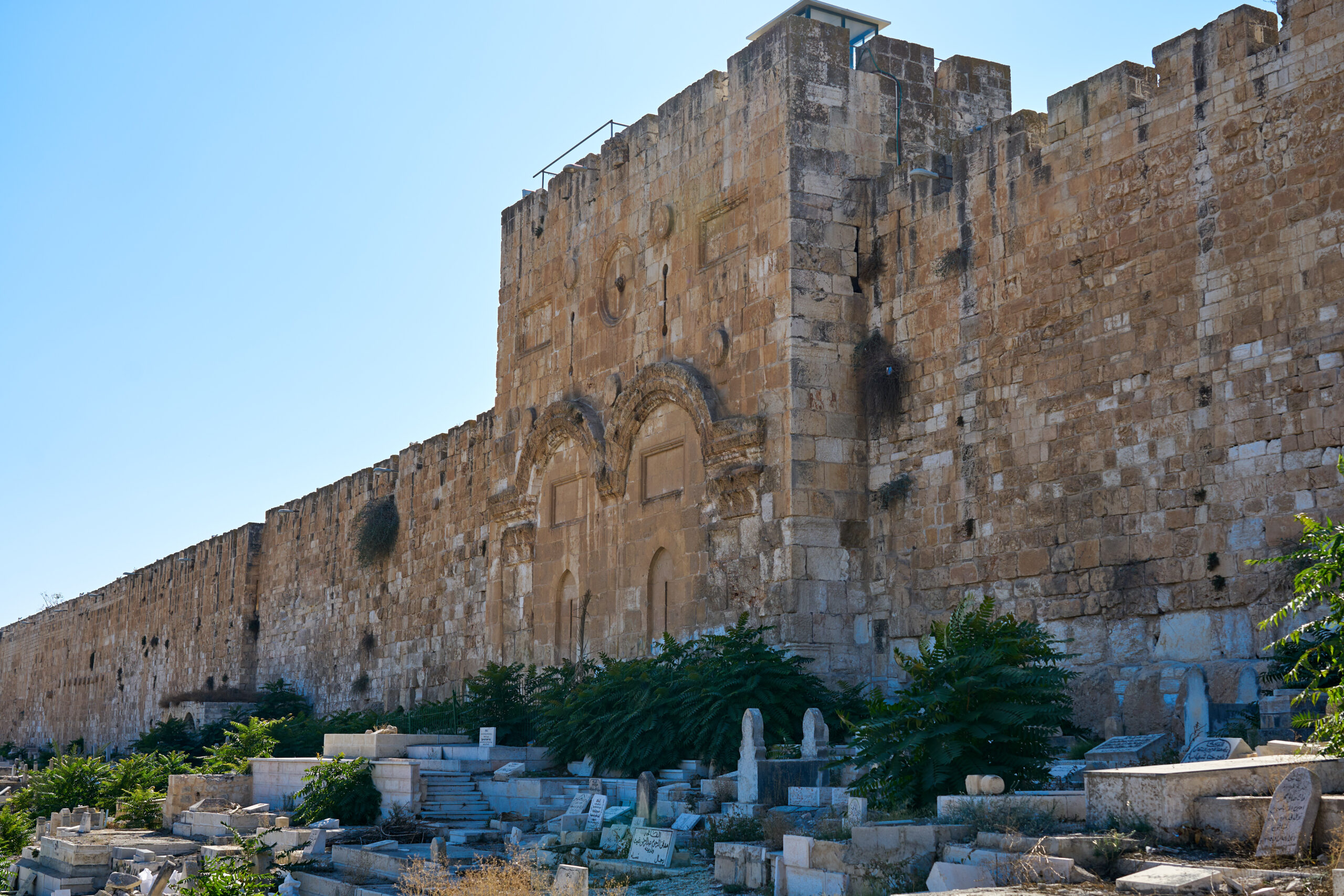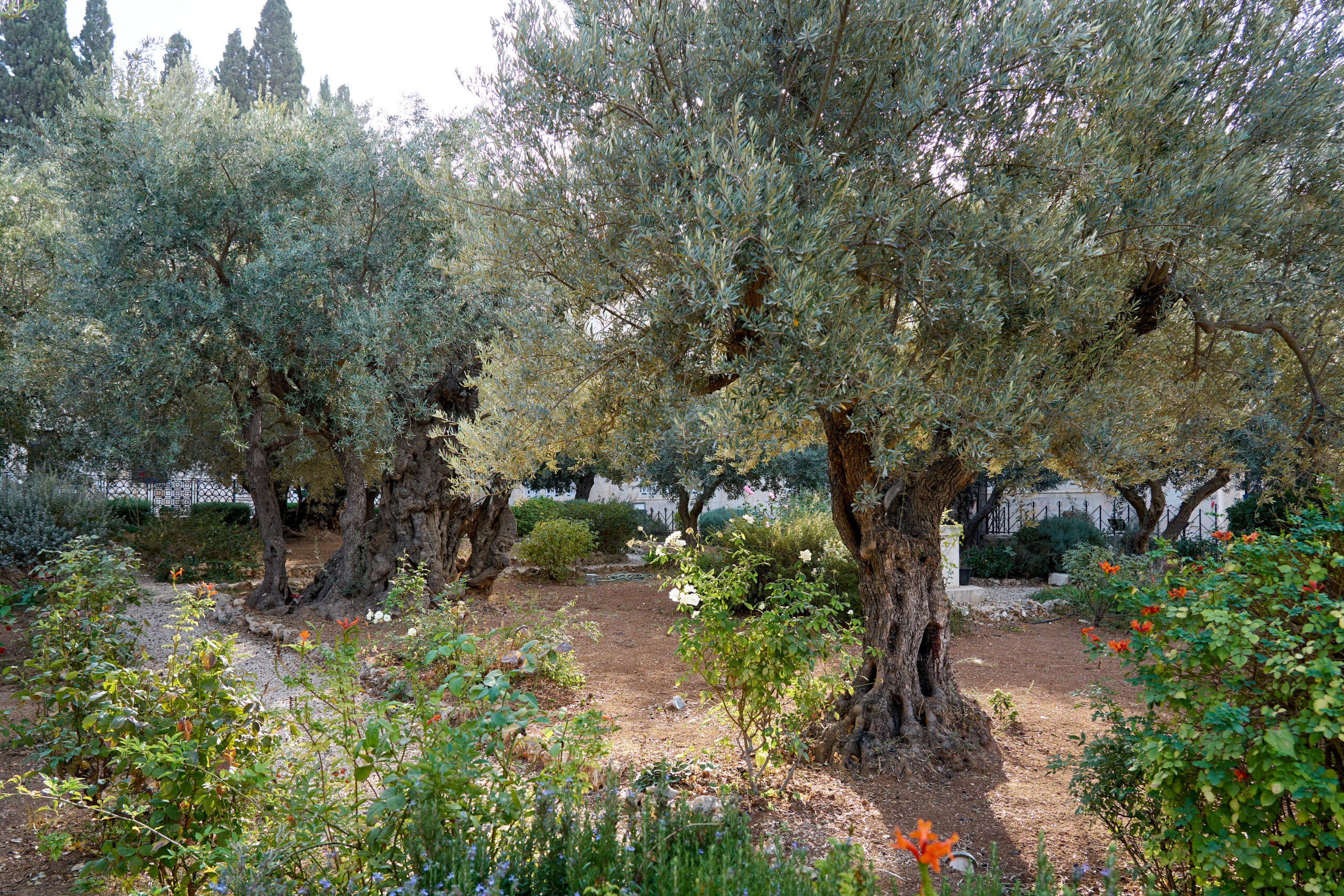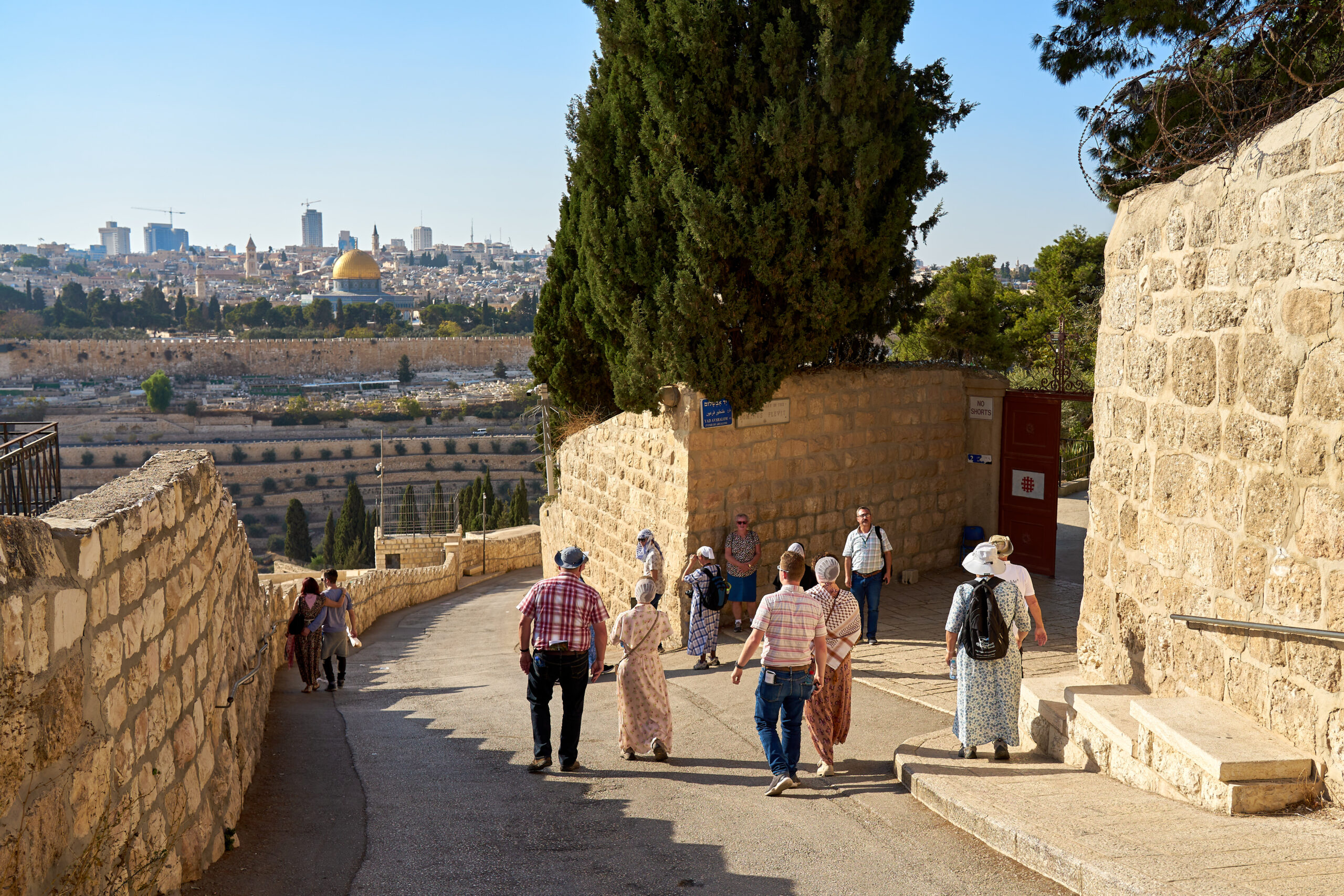During Holy Week we are reminded of the events in Jesus’ final days in His pre-resurrection body. The week was filled with the activity of the spring festivals. Thousands of visitors filled the streets of Jerusalem and Temple Mount.
Palm Sunday, Good Friday, and Easter Sunday are special days celebrated by many Christians. The Christian observance of Easter does not follow the Jewish Passover date. In 325 AD the Council of Nicaea decreed Easter Sunday would be the Sunday following the first full moon after the Spring Equinox. The Passover observance follows the lunar-based Jewish calendar. This year Easter is only a few days after the Jewish Passover.
Palm Sunday commemorates Jesus’ triumphal entry into Jerusalem. Coming from Bethany, He descended the steep slope of the Mount of Olives on a donkey. He didn’t ride a horse, as an earthly king would. The donkey symbolized His coming in peace and lowliness.
Zechariah foretold this:
“Rejoice greatly, O daughter of Zion!
Shout, O daughter of Jerusalem!
Behold, your King is coming to you;
He is just and having salvation,
Lowly and riding on a donkey,
A colt, the foal of a donkey.

Crossing the Kidron Valley, Jesus entered the Holy City. We don’t know if He used the Eastern Gate or the Sheep Gate. The Eastern Gate is also known as the Golden Gate, and the Gate of Mercy. It has been shut for the past five hundred years. Ezekiel 44 references a gate on the east that is shut.

See another Palm Sunday post here: https://visithisland.com/palm-sunday-musings/
The Last Supper that Jesus shared with His disciples was a Passover feast. We could also call this the First Communion. The four cups of wine in the Passover seder symbolize four aspects of the deliverance. “I will bring you out,” “I will rescue you,” “I will redeem you,” and “I will take you.” It was on the third cup, the Cup of Redemption, that Jesus said, “This is my blood of the New Covenant.”
Later that night He spent time praying to His Father in the Garden. The word Gethsemane is associated with the olive press. From this, and from the name of the mount, we can be quite certain that the garden where Jesus prayed had olive trees. There are several beautiful gardens of olive trees on the slope of Mount Olive. It is a meaningful experience to sit in the garden and think about Jesus’ time there, and what He suffered for us.

The crucifixion took place at the place of a skull. Near the site of the Garden Tomb is a cliff face that looks something like a skull.

The Garden Tomb is a place to remember Jesus’ death, burial, and resurrection. The Christian inscription inside the tomb dates to the fifth or sixth century. It includes the cross stylized to resemble an anchor, as a reminder of 1 Corinthians 6:9. The letters alpha and omega signify Jesus.
Most scholars believe the Church of the Holy Sepulchre to be the more likely location of Jesus burial. But more important than the true location of the tomb is the fact that on the first Easter Sunday, the tomb was empty!

Our next trip to Israel is scheduled for November 16 to 28 of this year. If you’d like to see the places where Jesus lived and walked, we still have openings.
